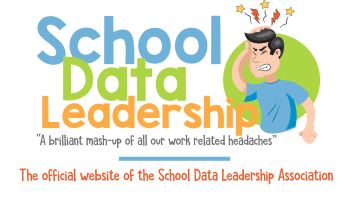Standard 2 - Creating and Maintaining Effective Environments for Student Learning
Teachers promote social development and responsibility within a caring community where each student is treated fairly and respectfully. They create physical or virtual learning environments that promote student learning, reflect diversity, and encourage constructive and productive interactions among students. They establish and maintain learning environments that are physically, intellectually, and emotionally safe. Teachers create a rigorous learning environment with high expectations and appropriate support for all students. Teachers develop, communicate, and maintain high standards for individual and group behavior. They employ classroom routines, procedures, norms, and supports for positive behavior to ensure a climate in which all students can learn. They use instructional time to optimize learning.
2.1 Promoting social development and responsibility within a caring community where each student is treated fairly and respectfully
As teachers develop, they may ask, “How do I…” or “Why do I…”
Model and promote fairness, equity, and respect in a classroom atmosphere that values all individuals and cultures
Guidance: Set clear expectations for respectful behavior and model inclusive language. Acknowledge and celebrate diverse contributions in class materials and discussions.
Help all students accept and respect diversity in all its forms
Guidance: Include diverse texts and narratives in curriculum. Facilitate structured conversations about identity and bias using age-appropriate materials.
Engage students in shared problem-solving and conflict resolution
Guidance: Implement class meetings, restorative circles, and role-playing activities that model how to resolve conflicts collaboratively and respectfully.
Provide learning opportunities that encourage student-to-student communication with empathy and understanding
Guidance: Use cooperative learning structures, peer interviews, empathy-building tasks, and protocols like Think-Pair-Share or Fishbowl discussions.
Develop students’ leadership skills and provide opportunities to apply them
Guidance: Assign rotating classroom responsibilities, create student ambassador roles, and support student-led initiatives or service projects.
Create a classroom culture where students feel a sense of responsibility to and for one another
Guidance: Develop class norms collaboratively, celebrate teamwork, and use activities that highlight mutual accountability and peer support.
Help students to appreciate their own identities and to view themselves as valued contributors to society
Guidance: Incorporate reflective journaling, identity maps, and storytelling into lessons. Encourage students to explore their heritage and how it connects to the wider world.
Develop activities that support positive interactions among students and that help students get to know each other
Guidance: Begin the year with icebreakers and team-building games. Continue using structured social engagement strategies that promote belonging and empathy throughout the year.
